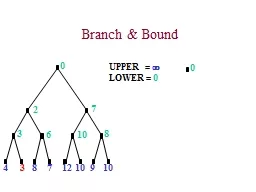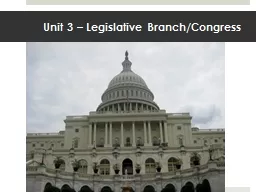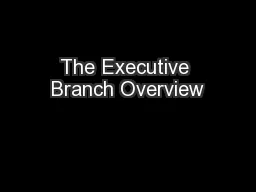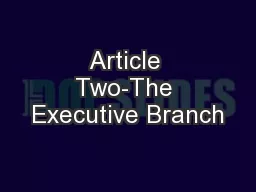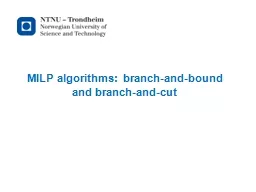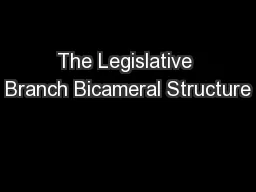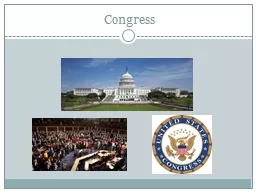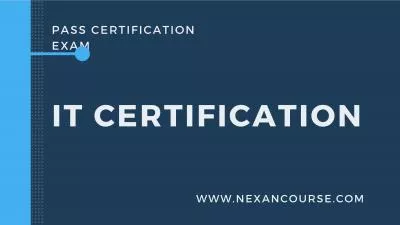PPT-Congress – The 1 st Branch
Author : stefany-barnette | Published Date : 2018-10-31
The Will voice of the People Center of Policymaking Congress 535 Voices 2013 federal government shut down for 16 days legislators could not agree on a budget
Presentation Embed Code
Download Presentation
Download Presentation The PPT/PDF document "Congress – The 1 st Branch" is the property of its rightful owner. Permission is granted to download and print the materials on this website for personal, non-commercial use only, and to display it on your personal computer provided you do not modify the materials and that you retain all copyright notices contained in the materials. By downloading content from our website, you accept the terms of this agreement.
Congress – The 1 st Branch: Transcript
Download Rules Of Document
"Congress – The 1 st Branch"The content belongs to its owner. You may download and print it for personal use, without modification, and keep all copyright notices. By downloading, you agree to these terms.
Related Documents



